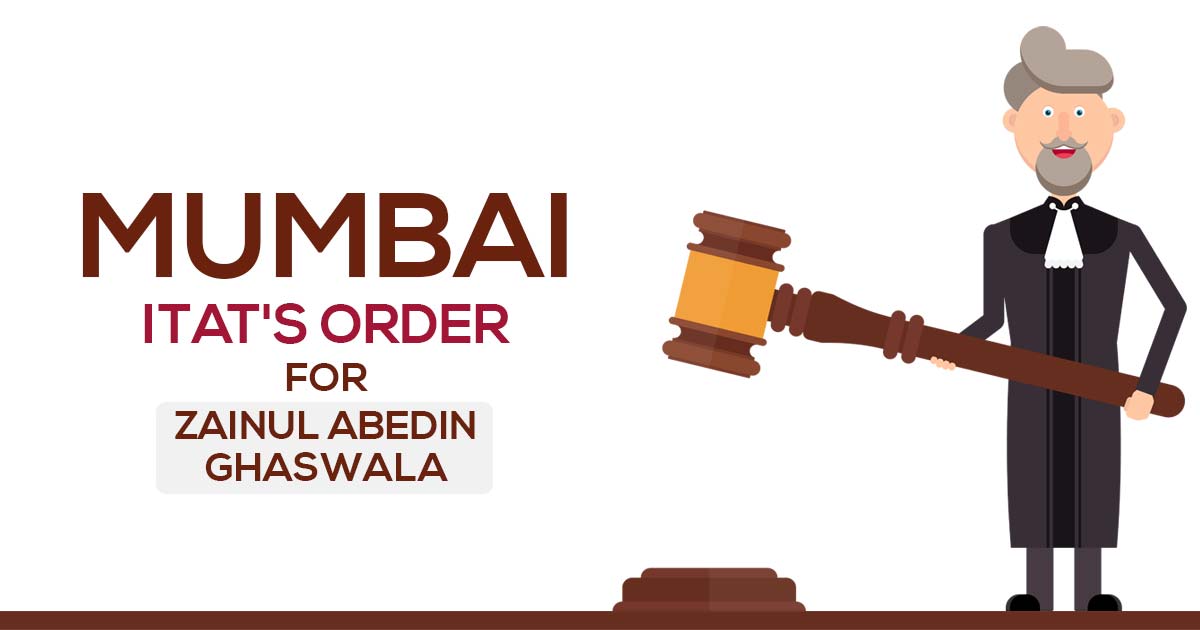
The Mumbai Bench of the Income Tax Appellate Tribunal (ITAT) has granted approval for a deduction under Section 54F of the Income Tax Act, taking into account that the assessee is not the exclusive owner of multiple residential properties used by other family members.
According to the bench of judges, Kavitha Rajagopal and Om Prakash Kant, joint ownership of a property does not disqualify a taxpayer from claiming an exemption under Section 54F of the Income Tax Act.
In this case, an individual taxpayer filed a return of income declaring total income. The return was selected for examination, and statutory notices were issued under the Income Tax Act of 1961. The Assessing Officer (AO) rejected the assessee’s request for a deduction under Section 54F from the capital gain on the transfer of a long-term capital asset in the assessment completed under Section 143(3), citing the assessee’s interest in multiple residential properties.
The question at hand was whether the assessee’s co-ownership of multiple residential properties would make the assessee ineligible for a deduction under Section 54F.
Section 54F of the Income Tax Act, of 1961 provides a tax exemption for long-term capital gains from the sale of any capital asset, excluding a residential home.
The assessee argued that the plot of property, on which six flats were constructed, was inherited by the assessee’s late father, Iqbal Ghaswala and five other family members. Each member possessed a separate flat and paid electricity bills individually. The assessee submitted electricity bills and confirmation letters from the owners of the other flats, affirming that they had no rights or interests in each other’s apartments.
However, the Assessing Officer disregarded the assessee’s argument and concluded that the requirements of Section 54F had not been fulfilled due to the assessee’s ownership of six residential properties, even though they were jointly owned. Consequently, the assessee was denied the exemption under Section 54F.
Read Also: Section 54F Amended, Benefit of Capital Gain Will be Available to One Property Only
The assessee contended that fractional ownership of a property does not violate the provisions of Section 54F, even if the co-owner possesses multiple homes. Therefore, the assessee should be eligible for the deduction.
The tribunal upheld the assessee’s appeal and ruled that the strictness of the provision could not be applied unless there was evidence demonstrating that the assessee was the sole owner of the residential property.
| Case Title | Zainul Abedin Ghaswala Versus CIT(A) |
| Citation | ITA No. 545/MUM/2023 |
| Date | 22.05.2023 |
| Counsel For Appellant | Sunil M. Makhija |
| Counsel For Respondent | A.N. Bhalekar |
| Mumbai ITAT | Read Order |